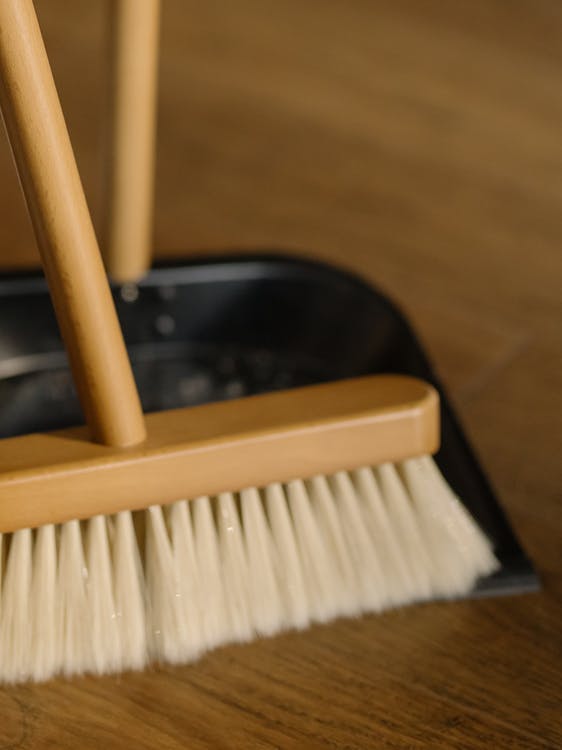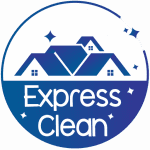How to Clean Ceiling Fans: Best Practices, Materials, and Safety Tips
Ceiling fans are essential for keeping indoor air fresh, but they often collect dust, allergens, and debris—especially in busy facilities and homes around Chicago and its suburbs. Regular and correct cleaning not only ensures optimal airflow but also minimizes health risks associated with dust accumulation. Here’s a science-backed, efficient guide for facility managers, homeowners, and operations leads on how to safely and effectively clean ceiling fans.
Why Regular Ceiling Fan Cleaning Matters
Dust and pollutants can build up quickly on fan blades. This poses a risk of spreading allergens and decreasing air quality. Proactive ceiling fan cleaning plays a key role in maintaining compliance with health and safety standards. According to public health resources, regular cleaning prevents the spread of contaminants in shared environments.
Materials & Chemistry: Choosing the Right Products
- Microfiber Cloths: Trap dust without scattering particles.
- pH-Neutral Cleaners: Gentle on painted surfaces, won’t damage finishes.
- Dust Mask & PPE: Reduce inhalation risks. Always wear gloves and goggles for compliance.
- Eco-Friendly Products: For sensitive environments, use green-certified solutions.
Tip: Avoid ammonia- or bleach-based products unless required for specific disinfection protocols. When in doubt, always check the manufacturer’s recommendations.
Preparation and Safety Protocols
- Turn off the fan and secure the power supply to prevent accidents.
- Set up a sturdy ladder—ensure it is level and positioned directly under the fan.
- Wear PPE including dust mask, gloves, and safety goggles to reduce exposure to dust and cleaning chemicals.
- Lay a drop cloth or old sheet beneath the fan to catch falling debris.
Adhering to these steps is crucial for safety, especially in facilities with high ceilings or industrial fans commonly found across Chicago’s offices and event spaces.
Step-by-Step: Cleaning Your Ceiling Fan
| Step | Recommended Tools | Key Details |
|---|---|---|
| 1. Dust the Blades | Microfiber cloth or dusting tool | Work blade by blade; avoid pushing dust into air |
| 2. Wash the Surfaces | Damp cloth + pH-neutral cleaner | Lightly dampen; do not soak electrical components |
| 3. Disinfect if Needed | EPA-registered disinfectant | Apply according to label dwell time (usually 3–10 min) |
| 4. Dry Thoroughly | Dry microfiber cloth | Prevent moisture from entering motor |
Quick-Clean Method (for Busy Schedules)
- Use a pillowcase: Slip it over each blade and pull dust off inside the fabric.
- For stubborn spots, use a small amount of dish soap and water—test for paint compatibility first.
Scheduling Efficiency: How Often Should You Clean?
Scheduling ceiling fan cleaning improves operational efficiency and ensures compliance in both commercial and residential settings.
- High-traffic areas: Clean monthly to control allergens.
- Home fans: Clean at the start of each season or every 3 months.
- After events or renovations: Additional cleaning may be necessary due to increased dust.
Integrating ceiling fan maintenance into larger checklists, such as a spring cleaning plan, boosts scheduling efficiency and compliance, especially for facilities in the Chicago area where dust and debris can be an ongoing challenge year-round.
Material Compatibility & Chemistry: Avoiding Damage
Always identify blade materials—wood, composite, or metal. Use appropriate chemistry to avoid discoloration or corrosion. For example, acid-based products can stain or pit some metals. Consider the pH of your cleaning solution (ideally 6–8 for delicate surfaces). For tips on cleaning other sensitive surfaces, review our stainless steel care guide.
Waste Handling & Post-Cleaning Disposal
Collect all wipes and used cloths for safe laundering. If using chemical disinfectants, follow local disposal guidance to avoid environmental contamination. Never dump rinse water directly into storm drains. Consult with your facility’s EHS team in the Chicago area to confirm compliance.
Common Mistakes & How to Avoid Them
- Skipping PPE—always use basic protection for respiratory and eye safety.
- Cleaning with fan running or power on.
- Using abrasive tools on painted blades.
- Allowing excess moisture near the motor or light fixture.
Related Cleaning Guides & Internal Resources
If your organization in Chicago or the suburbs requires a higher level of cleanliness or deeper disinfection, book office cleaning in Chicago with Express Clean for a comprehensive solution. Planning a move? Schedule move-out cleaning today.
Home Maintenance Routines
Proper ceiling fan cleaning is a critical part of facility and home maintenance routines in Chicago. Prioritize safety, use the correct chemistry, schedule cleaning regularly, and make use of checklists and PPE. With these best practices, you’ll ensure optimal air quality and equipment longevity year-round.
About the Author
Reviewed by: Express Clean Team
With over 20 years of experience in commercial & residential cleaning operations in Chicago, Express Clean’s experts bring deep knowledge of cleaning compliance, chemistry, and efficient maintenance practices to facility managers and homeowners throughout the region.


Cleaning Service Aurora, House Cleaning Aurora Il, House Cleaning Aurora Illinois, microfiber cloth, Aurora Cleaning Service, Best House Cleaning Service in Aurora, Chicago cleaning Contractors, House Service in Evanston Il, House Cleaning services, House Service Clean in Skokie IL




